News

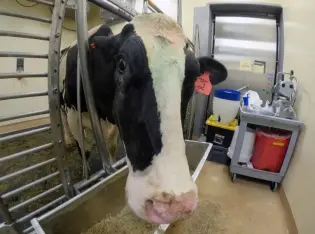
After delay, CDC releases data signaling bird flu spread undetected in cows and people
The first study on the H5N1 bird flu outbreak from the Centers for Disease Control and Prevention to make it to publication under the Trump administration came out Thursday.
The journal released data suggesting some spillovers from dairy cattle into humans have gone undetected, including in states where dairy herds have not tested positive.
This comes after a freeze in external communications that interrupted the agency’s Morbidity and Mortality Weekly Report, or MMWR, a mainstay of public health communication. Publication on other topics resumed last week.

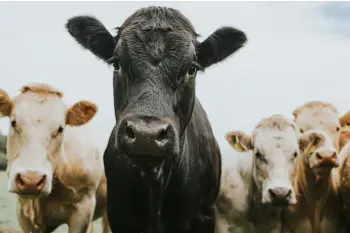
New bird flu variant found in Nevada dairy cows has experts sounding alarms: ‘We have never been closer to a pandemic from this virus’
The disclosure that dairy herds in Nevada have been infected by a version of the H5N1 bird flu not previously seen in cows, has put virologists and researchers on high alert. Among other things, the news from the Nevada Department of Agriculture, suggests that driving the virus out of the U.S. cattle population won’t be nearly as simple as federal officials once suggested—or perhaps hoped.
On Friday came a second and potentially more serious blow: A technical brief by the U.S. Department of Agriculture reported that the genotype, known as D1.1, contains a genetic mutation that may help the virus more easily copy itself in mammals—including humans.
This D1.1 version of the virus is the same variant that killed a man in Louisiana and left a Canadian teen hospitalized in critical condition. It is not the B3.13 genotype widely found in sick cattle dating to early last year.


Accelerated Subtyping of Influenza A in Hospitalized Patients
Distributed via the CDC Health Alert Network
January 16, 2025, 10:00 AM ET
CDCHAN-00520
Summary
The Centers for Disease Control and Prevention (CDC) is issuing this Health Alert Network (HAN) Health Advisory to clinicians and laboratories due to sporadic human infections with avian influenza A(H5N1) viruses amid high levels of seasonal influenza activity. CDC is recommending a shortened timeline for subtyping all influenza A specimens among hospitalized patients and increasing efforts at clinical laboratories to identify non-seasonal influenza. Clinicians and laboratorians are reminded to test for influenza in patients with suspected influenza and, going forward, to now expedite the subtyping of influenza A-positive specimens from hospitalized patients, particularly those in an intensive care unit (ICU). This approach can help prevent delays in identifying human infections with avian influenza A(H5N1) viruses, supporting optimal patient care and timely infection control and case investigation.


CDC tests confirm another H5N1 case from California
San Francisco health officials announced the presumed-positive case, which involved a child with fever and conjunctivitis who was not hospitalized and has fully recovered, on January 10. Though most of California’s cases involve people with occupational exposure to sick dairy cows, the state has reported two illnesses in people with undetermined exposure sources, both of them children.
its H5N1 total to 38 today, which adds a second illness from an undetermined exposure source.

1st bird flu death in the US reported in Louisiana
The first person has died of bird flu in the United States, the Louisiana Department of Health confirmed on Monday.
The patient, who was exposed to non-commercial backyard flock and wild birds, was over age 65 and had underlying medical conditions, officials said.
Last month, the Centers for Disease Control and Prevention confirmed the patient was experiencing the first case of severe bird flu in the U.S.

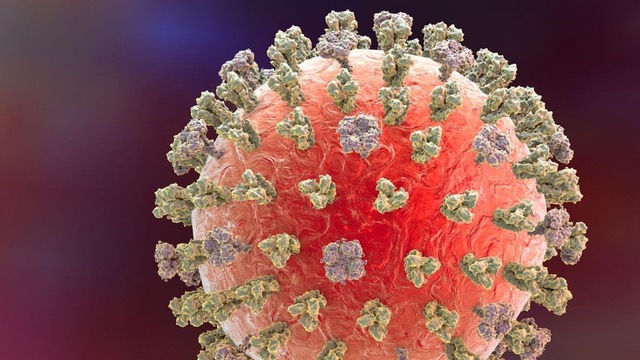
CDC confirms H5N1 Bird Flu Infection in a Child in California
December 18, 2024
Editor’s note: The patient described in this case has died, officials announced Jan. 6.
A person in Louisiana has been hospitalized with H5N1 bird flu, marking the United States’ first severe case of the illness.

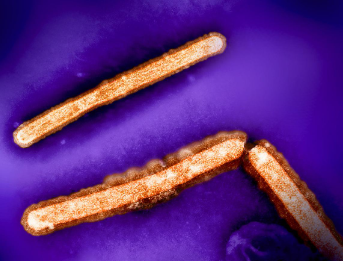
Single mutation in H5N1 influenza surface protein could enable easier human infection
Friday, December 6, 2024
A single modification in the protein found on the surface of the highly pathogenic avian influenza (HPAI) H5N1 influenza virus currently circulating in U.S. dairy cows could allow for easier transmission among humans, according to new research funded by the National Institutes of Health (NIH) and published today in the journal Science. The study results reinforce the need for continued, vigilant surveillance and monitoring of HPAI H5N1 for potential genetic changes that could make the virus more transmissible in humans.
Current strains of the bovine (cow) H5N1 virus are not known to be transmissible among people; however, infections have occurred in people exposed to infected wild birds, poultry, dairy cows and other mammals. As part of pandemic preparedness efforts, researchers have monitored the H5N1 virus for years to understand viral genetic mutations that occur in nature and what impact they may have on transmissibility.

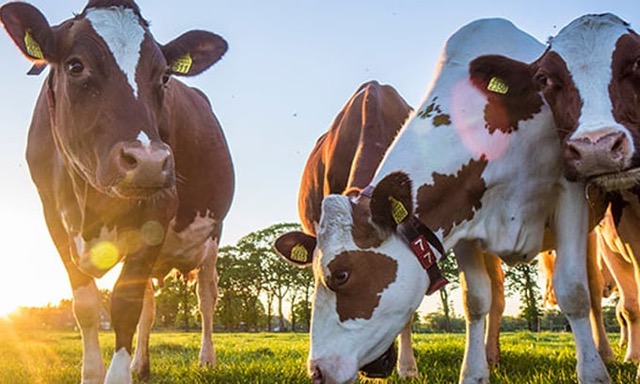
CDC confirms H5N1 Bird Flu Infection in a Child in California
November 22, 2024
The Centers for Disease Control and Prevention (CDC) has confirmed a human infection with avian influenza A(H5N1) (H5N1 bird flu) in a child in California. This is the first reported avian influenza H5 virus infection in a child in the United States. Consistent with previously identified human cases in the United States, the child reportedly experienced mild symptoms and received flu antivirals. There were low levels of viral material detected in the initial specimen collected, and follow-up testing of the child several days later was negative for H5 bird flu but was positive for other common respiratory viruses. The child is recovering from their illness. An investigation by the California Department of Public Health (CDPH) into the child’s possible H5N1 exposure source is ongoing.

B.C. teen in critical condition in hospital with Canada’s 1st presumptive human case of bird flu
B.C. provincial health officer Dr. Bonnie Henry says the teenager in Children’s Hospital with Canada’s first presumptive case of avian flu is in critical condition.
 Henry said the teen was admitted late on Friday and their condition varied over the weekend but that as of Tuesday they had taken a turn for the worst.
Henry said the teen was admitted late on Friday and their condition varied over the weekend but that as of Tuesday they had taken a turn for the worst.
Canada, the United States and Mexico release the North American Preparedness for Animal and Human Pandemics Initiative (NAPAHPI)
From: Public Health Agency of Canada
News release
An initiative between Canada and partner countries to strengthen our ability to prepare for and respond to public health threats
October 23, 2024 | Ottawa, Ontario | Public Health Agency of Canada
Canada, the United States and Mexico have a strong and longstanding partnership, and are connected across many areas, including health, business and social relationships. This interconnectedness means that disruptions, such as the COVID-19 pandemic or other threats to health security, can have impacts across all three countries. Through continued coordination and cooperation, we can support the health and well-being of our populations.
Today, the Public Health Agency of Canada, in collaboration with the Canadian Food Inspection Agency, Public Safety Canada and Global Affairs Canada, and their respective counterparts in the United States and Mexico, released the North American Preparedness for Animal and Human Pandemics Initiative (NAPAHPI).
